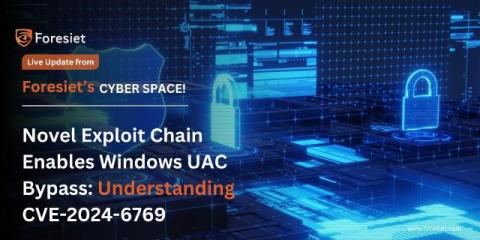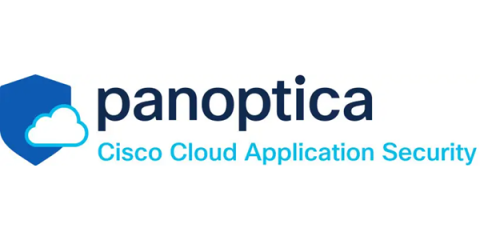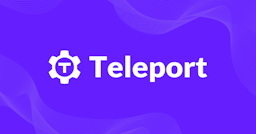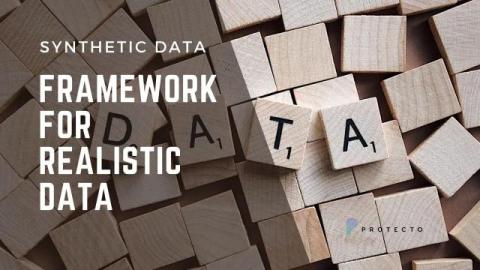Infostealer Threat Group "Marko Polo" Evolving Into an "Empire"
New research by Recorded Future provides insight into how advanced and sophisticated the threat group Marko Polo has become since launching in 2022. Marko Polo is of particular interest due to their rapid progress in advancing their operations.










